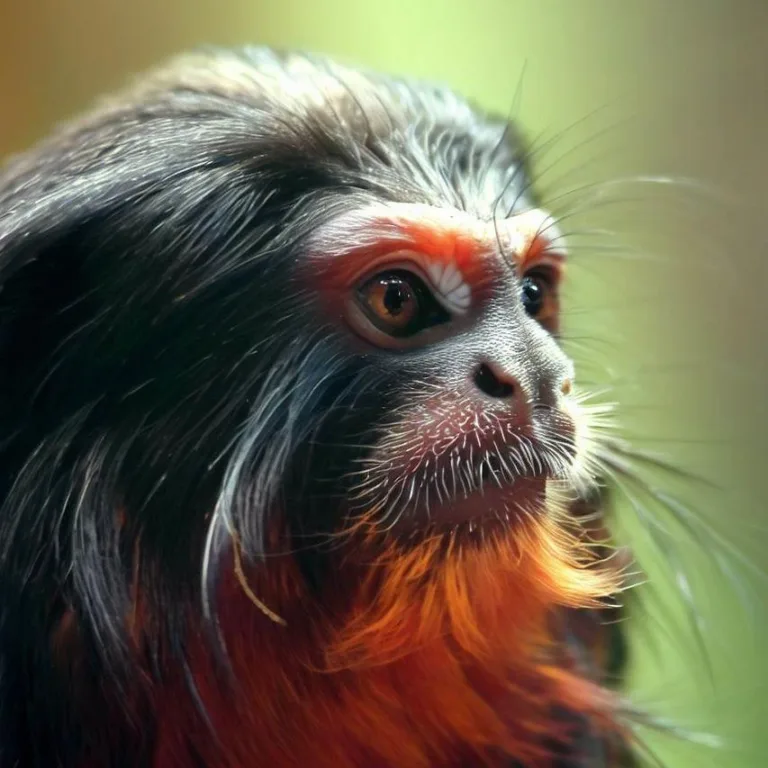Welcome to our comprehensive guide on tamarins, the captivating and enigmatic primates that have captured the fascination of researchers and animal lovers alike. In this article, we will delve into the intriguing world of tamarins, exploring their characteristics, behavior, habitat, and significance in the animal kingdom.
What Are Tamarins?
Tamarins are small to medium-sized primates belonging to the family Callitrichidae. These remarkable creatures are native to the forests of Central and South America, where they inhabit a variety of ecosystems, ranging from rainforests to savannas. Tamarins are known for their distinctive appearance, with unique facial markings and often vibrant fur colors that vary among species.
Tamarin species diversity
There are numerous species of tamarins, each possessing its own set of characteristics and adaptations. Some of the most notable tamarin species include the Emperor Tamarin, Cotton-top Tamarin, Golden Lion Tamarin, and Black-mantled Tamarin. These species exhibit differences in size, coloration, and behavior, reflecting the incredible diversity within the tamarin family.
Social structure and behavior
Tamarins are highly social animals that live in groups ranging from a few individuals to larger extended families. These groups are characterized by complex social dynamics, cooperation, and communication. Tamarins are renowned for their cooperative breeding systems, where other group members assist in rearing the offspring of the dominant breeding pair. This behavior fosters strong bonds within the group and enhances the chances of the young tamarins‘ survival.
Diet and feeding habits
Tamarins are omnivores with a diverse diet. Their menu includes fruits, insects, small vertebrates, and even nectar. This varied diet allows them to adapt to their surroundings and exploit available food sources. Tamarins possess specialized dental adaptations that help them efficiently consume insects and extract nectar from flowers.
Conservation status
Several tamarin species are currently listed as endangered or critically endangered due to habitat loss, deforestation, and illegal pet trade. Conservation efforts are underway to protect their natural habitats and raise awareness about the importance of preserving these unique primates for future generations.
Tamarins in research
Tamarins have captured the attention of scientists and researchers due to their complex social behaviors and intriguing biology. Studying tamarins provides valuable insights into the evolution of primate societies, cooperation, and communication. Their relatively small size and cooperative nature make them excellent models for understanding broader concepts in animal behavior and ecology.
Frequently Asked Questions (FAQs)
Q: Are tamarins endangered?
A: Yes, several tamarin species are currently endangered due to habitat loss and other factors.
Q: What is the significance of tamarins in scientific research?
A: Tamarins offer insights into primate social behavior, cooperation, and communication, making them valuable subjects for research.
Q: What do tamarins eat?
A: Tamarins are omnivores, consuming a varied diet that includes fruits, insects, small vertebrates, and nectar.
Q: How do tamarins contribute to ecosystem health?
A: Tamarins play a role in seed dispersal as they consume fruits and disperse seeds throughout their habitat, aiding in forest regeneration.
Q: Can tamarins be kept as pets?
A: Tamarins are wild animals and should not be kept as pets. The pet trade can be detrimental to their populations and is often illegal.
In conclusion, tamarins are captivating creatures with a rich diversity of species, intriguing behaviors, and vital ecological roles. Understanding and appreciating these primates contribute to their conservation and the preservation of the ecosystems they inhabit.
Viz také:






